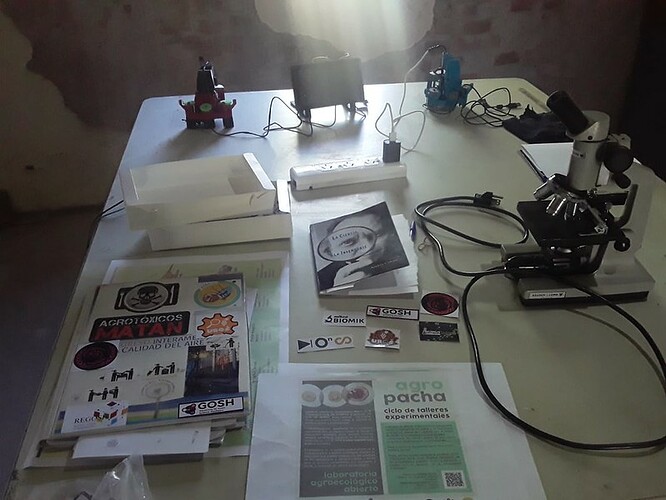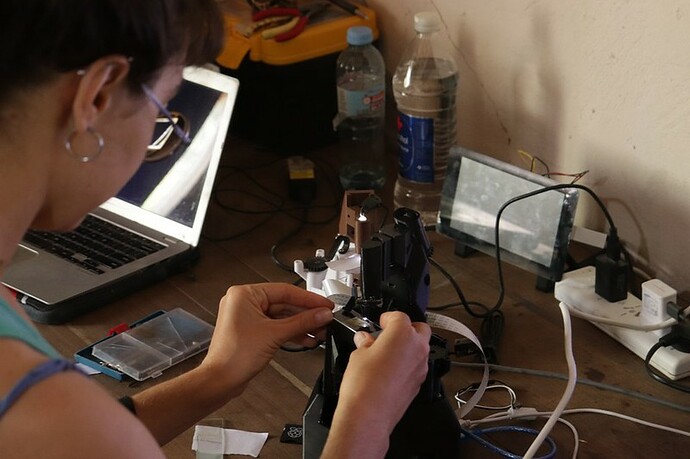Hi all
on friday we (with @pcremades and @naikymen) had a great workshop about DIY soil microscopy
Here you can find some more videos and pictures we took
We also collaborated with @julianchollet and @dusjagr on a small zine/guide to soil microscopy (english and spanish) that maybe is useful to some else.
We will be talking a little bit more about our UROS remote residence in Mendoza during the next GOSH community call
Saludos


